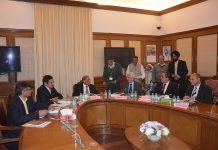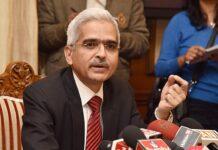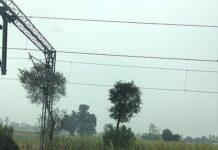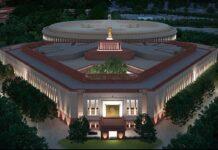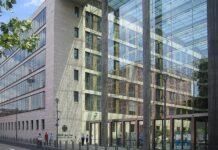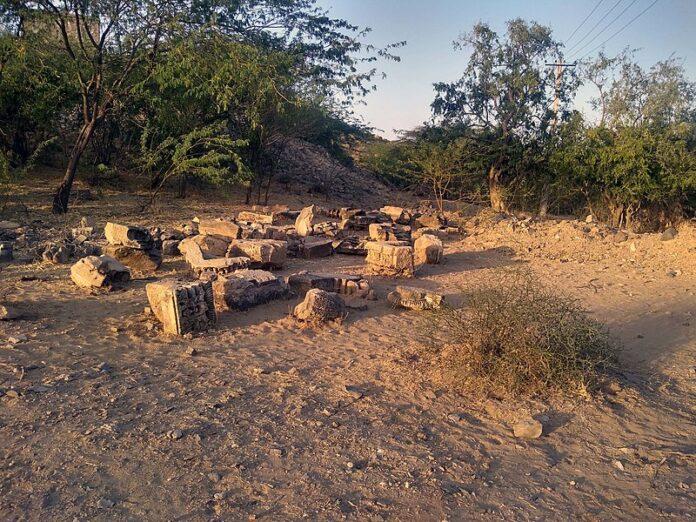- The project will steer India to its vision of achieving 450 MMTPA refining capacity by 2030
- Project will lead to social-economic benefits to the local people of Rajasthan
- More than 60% of the project has been completed despite the severe setback faced during 2 years of COVID 19 pandemic
The upcoming Barmer refinery will be the “Jewel of the Desert” bringing jobs, opportunities and joy to the people of Rajasthan”, Union Minister for Petroleum and Natural Gas Shri Hardeep S. Puri said while speaking at HRRL Complex, Pachpadra (Barmer) today.
The Greenfield Refinery cum Petrochemical Complex at Barmer, Rajasthan is being setup by a Joint Venture company HPCL Rajasthan Refinery Limited (HRRL) of Hindustan Petroleum Corporation Limited (HPCL) and Government of Rajasthan (GoR) having a stake of 74% and 26% respectively.
The project was conceived in 2008 and was initially approved in 2013. It was reconfigured and work commenced in 2018. More than 60% of the project has been completed in spite of the severe setback faced during 2 years of COVID 19 pandemic.
The HRRL refinery complex will process 9 MMTPA of crude and produce more than 2.4 million tons of petrochemicals which will reduce import bill on account of petrochemicals. This project will act as an anchor industry for industrial hub not only for the western Rajasthan but also will steer India to its vision of achieving 450 MMTPA refining capacity by 2030.
The project will bring self-reliance to India in terms of import substitution of petrochemicals. Current imports are in a tune of Rs 95000 Cr, the complex post commission shall reduce the import bill by Rs 26000 Cr.
Total annual contribution of Petroleum sector to the state exchequer shall be about Rs 27,500 cr out of which, contribution by the refinery complex shall be Rs 5,150 cr. Further, the exports of the products to a tune of about Rs 12,250 Cr shall earn valuable foreign exchange.
The project will boost to industrial development in the region. During the construction phase the project will lead to growth of construction industry, mechanical fabrication shops, machining and assembly units, Supply of heavy equipment like cranes, trailers, JCB etc, transportation and hospitality industry, automotive spares and services and sand blasting and painting shop etc. Petro-Chemical downstream Small-Scale Industries shall develop using petrochemical feedstock from RRP. It will also lead to development of major downstream industries like chemical, petrochemical & plant equipment manufacturing.
HRRL will produce butadiene, which is the raw material to manufacture rubber, which is largely used in tyre industry. This will provide impetus to automotive industry. Currently India is importing around 300 KTPA synthetic rubber. With the availability of the key raw material, butadiene, there is significant scope of reduction in import dependency in synthetic rubber. As India is poised in high growth trajectory in automotive industry, butadiene will play a catalytic role in this segment.
As for the socio-economic benefits of the project in terms of employment generation and infrastructure development, the project has engaged about 35,000 workers in and around the complex. Additionally, about 1,00,000 workers are engaged indirectly. A school and a 50-bedded hospital are being set up. Construction of roads for the villages in the vicinity will help in improving the quality of life of people in the adjoining areas.
Further, a wetland habitat for migratory birds like Demoiselle crane is being developed in the refinery complex. Rejuvenation of natural surface water bodies and avenue plantation from Pachpadra to Khed will benefit the environment.
***







